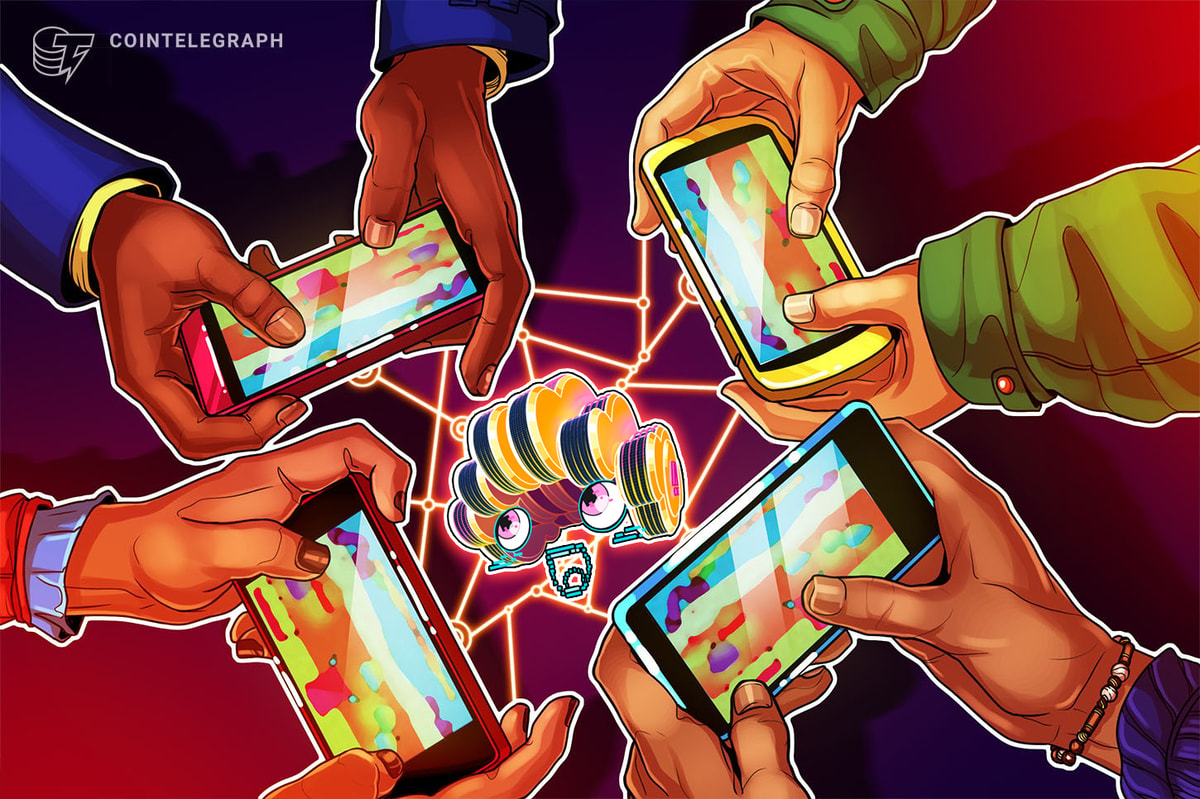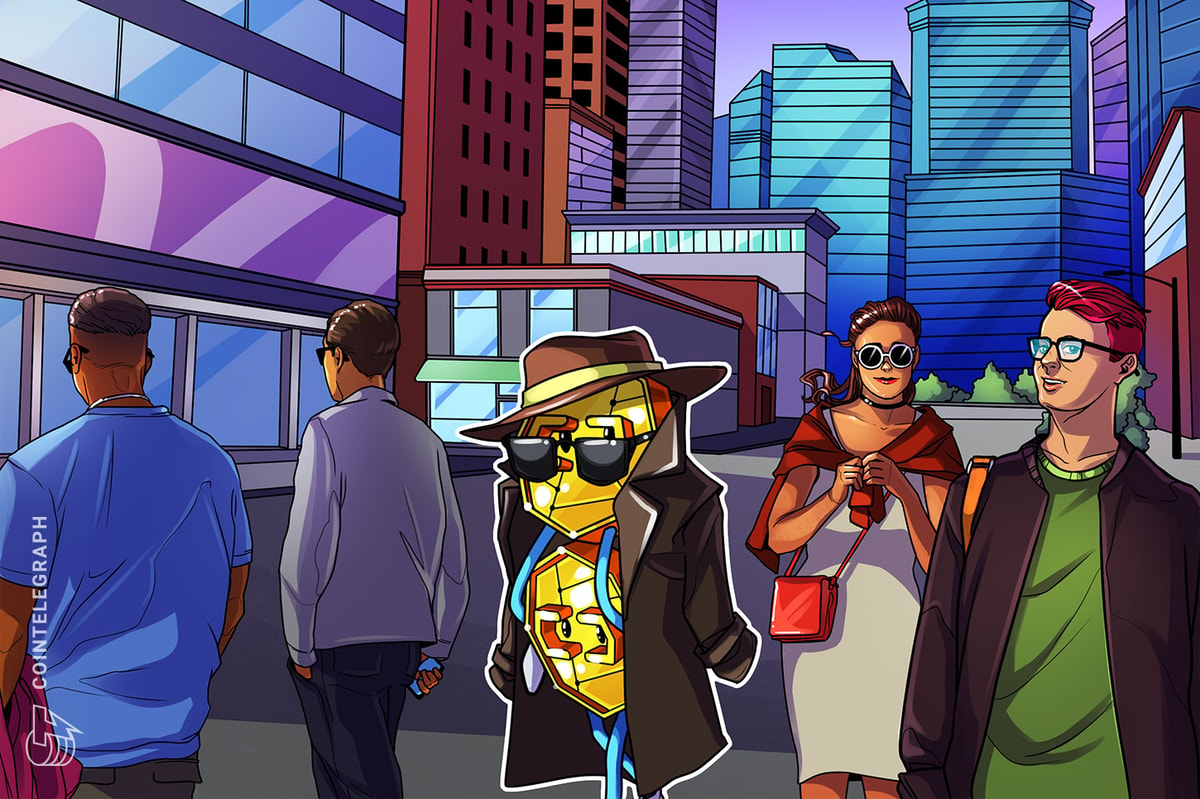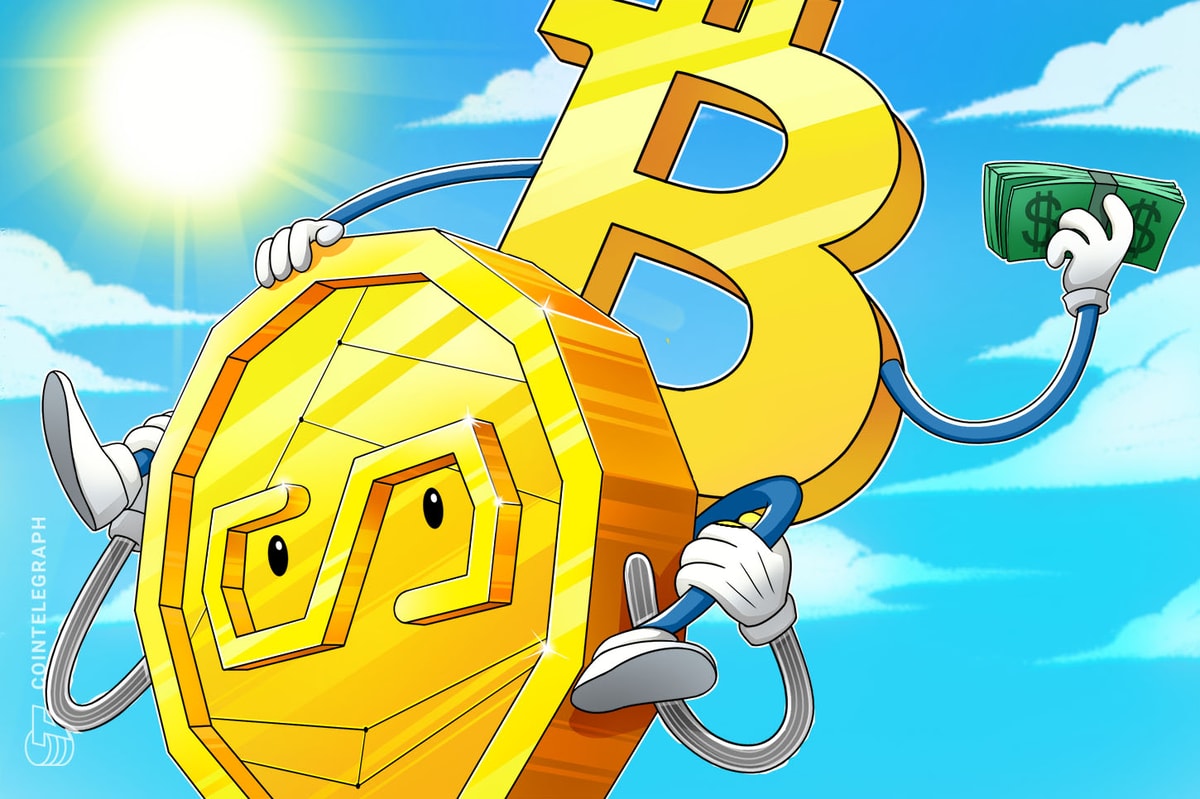Instagram is one of the largest social media platforms in the world, with around 2 billion monthly active users. Early last year, its parent company Meta Platforms began testing out non-fungible token (NFT) sharing, allowing select users to connect to their digital wallets and showcase NFTs that they either created or bought.
The feature gained traction as NFT creators and collectors saw future opportunities to present their digital assets to a wider audience of Web3-curious consumers. Some even suggested that Instagram’s planned support could help NFTs finally reach mainstream adoption because of its expansive reach.
Encouraged by positive feedback and eager to embrace the creator economy, Instagram slowly started expanding its Digital Collectibles feature, allowing select digital artists to begin minting and selling NFTs directly on the platform.
The addition of NFT trading for a platform like Instagram makes sense considering its huge global audience. The feature exposes users to Web3 concepts, many for the first time, in a way that doesn’t add friction to Instagram’s core business model. Users on Instagram also pay for NFTs in fiat currency, eliminating an otherwise challenging on-ramp for Web3 newcomers.
But attracting a Web3-native audience poses more challenges. Would seasoned NFT collectors be interested in purchasing assets sold on a highly centralized, Web2 platform? In addition, Instagram in-app purchases are subject to steep fees between 15% to 30% from Apple and Google, resulting in a smaller profit for sellers.
Despite this, early NFT sales on the platform have been a success, with collections selling out quickly. Instagram’s strategy of recruiting well-known NFT artists to tout the new feature has worked in two ways – it enticed NFT collectors and helped to bridge the gap between Web2 and Web3 users.
Bringing in Web3 builders
While blockchain natives may have been skeptical of Instagram’s foray into Web3, the platform’s partnership with well-known NFT artists has helped instill confidence across communities. Drifter Shoots (aka Isaac Wright), Refik Anadol, Amber Vittoria, Dave Krugman and Micah Johnson have each launched NFTs through Instagram over the past few months, selling out each time.
“Digital collectibles make a lot of sense when you consider where many of us do our social signaling,” Krugman wrote in a post on Instagram teasing his first NFT drop in November.
Other popular NFT artists, such as Maliha Abidi and Bobby Hundreds, have used the platform to show off their NFT creations, praising the feature as an accessible way to reach prospective buyers.
“We’re stoked to usher in the feature, not only because it brings up the conversation of NFTs to the platform, but because it gives us the chance to re-educate the bright future we see ahead for NFTs and Web3,” Adam Bomb Squad, Bobby Hundreds’ NFT collection, wrote in a post showing off one of its signature characters.
There often exists an awkward relationship when traditional Web2 companies are looking to use a Web3 toolkit. Their efforts to release NFTs or buy land in the metaverse are sometimes seen as “PR stunts” that pander to Web3 enthusiasts, and are not always well-received.
A blueprint for mass adoption
With so much hype surrounding an image-first social network embracing blockchain art, Instagram has made sure to introduce digital collectibles in ways that feel organic to both its mainstream audience and Web3 natives. For example, Instagram users can share NFTs in their feed the way they would any other image, but there’s also a dedicated tab for digital collectibles to create both a sense of integration and separation of content.
Reflecting this, the platform chose the Polygon blockchain to initially launch its Digital Collectibles feature, a move that aligns with the layer 2 blockchain company’s stated goal of becoming a “funnel” for Web2 brands looking to jump into Web3.
“We’ve built this great funnel for partners to come through and make the onboarding to Polygon really seamless,” Polygon CEO Ryan Wyatt told CoinDesk TV’s “First Mover” last month.
Polygon’s recent partnerships with Nike, Reddit and Starbucks have all been majorly successful. Its holistic approach to brand integrations and focus on easing the process for Web2 companies has paid off. According to data from blockchain analytics platform Nansen, first-time and returning buyers per day in Polygon’s NFT ecosystem reached new all-time highs last month.
Polygon has also logged wins featuring Web3 native brands – albeit at a cost. One of Solana’s top NFT projects, Y00ts, recently made the switch to Polygon, with its parent company DeLabs receiving a non-equity grant of $3 million from Polygon to make it happen.
Nansen data suggests that Polygon records nearly triple the number of daily transactions compared to Ethereum, and logged 823,000 unique active daily wallet addresses over the last day. However, the overall trading volume of Polygon NFTs on the secondary market, where seasoned NFT collectors go to flip their digital collectibles for profit, pales in comparison to Ethereum NFTs, reflecting the low-cost blockchain’s overall focus on onboarding new collectors versus fostering projects for Web3 natives.
Some Polygon-based projects have also opted to use the word “digital collectibles” instead of “NFTs” in their branding, a move that distances them from the controversies plaguing the crypto market. The term is seen as more friendly to newcomers who are unfamiliar with crypto jargon.
So far, Instagram’s methodical entry into Web3 has shown promise for other Web2 brands looking to make the jump. It highlights how NFTs and other crypto assets can be used to expand business offerings and provide an accessible entry point for Web3-curious consumers without isolating the Web3 natives that have supported the NFT market all along.
Read More: news.google.com









 Bitcoin
Bitcoin  Ethereum
Ethereum  Tether
Tether  XRP
XRP  Solana
Solana  USDC
USDC  Dogecoin
Dogecoin  TRON
TRON  Cardano
Cardano  Lido Staked Ether
Lido Staked Ether  Wrapped Bitcoin
Wrapped Bitcoin  Hyperliquid
Hyperliquid  Sui
Sui  Wrapped stETH
Wrapped stETH  Chainlink
Chainlink  Avalanche
Avalanche  LEO Token
LEO Token  Stellar
Stellar  Bitcoin Cash
Bitcoin Cash  Toncoin
Toncoin  Shiba Inu
Shiba Inu  Hedera
Hedera  USDS
USDS  WETH
WETH  Litecoin
Litecoin  Wrapped eETH
Wrapped eETH  Polkadot
Polkadot  Monero
Monero  Binance Bridged USDT (BNB Smart Chain)
Binance Bridged USDT (BNB Smart Chain)  Ethena USDe
Ethena USDe  Bitget Token
Bitget Token  Pepe
Pepe  Coinbase Wrapped BTC
Coinbase Wrapped BTC  Pi Network
Pi Network  WhiteBIT Coin
WhiteBIT Coin  Aave
Aave  Uniswap
Uniswap  Dai
Dai  Ethena Staked USDe
Ethena Staked USDe  Bittensor
Bittensor  OKB
OKB  Internet Computer
Internet Computer  Aptos
Aptos  NEAR Protocol
NEAR Protocol  Cronos
Cronos  BlackRock USD Institutional Digital Liquidity Fund
BlackRock USD Institutional Digital Liquidity Fund  Jito Staked SOL
Jito Staked SOL  Ondo
Ondo  Ethereum Classic
Ethereum Classic